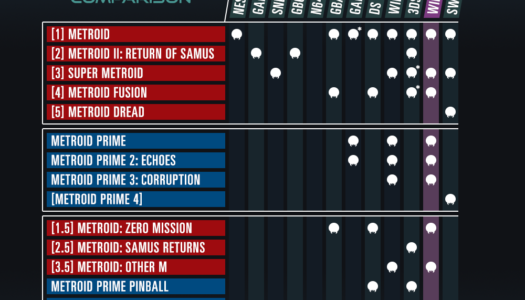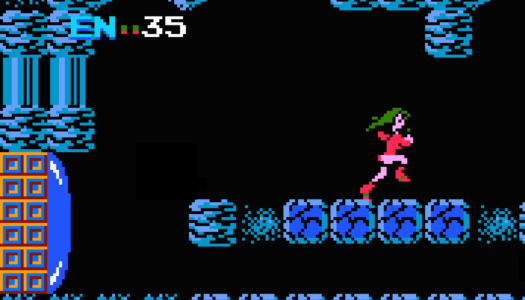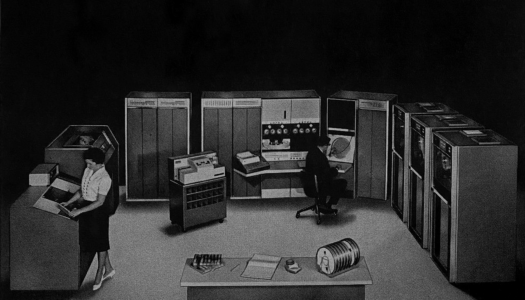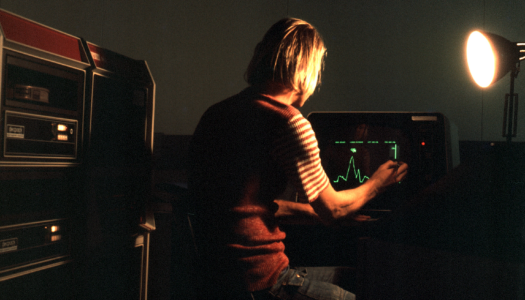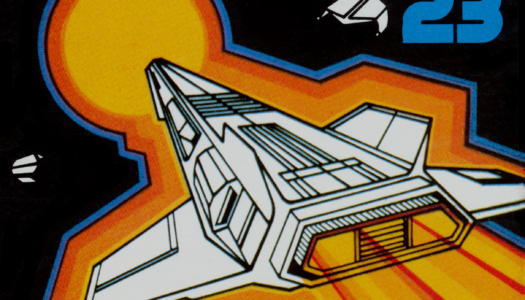AMY
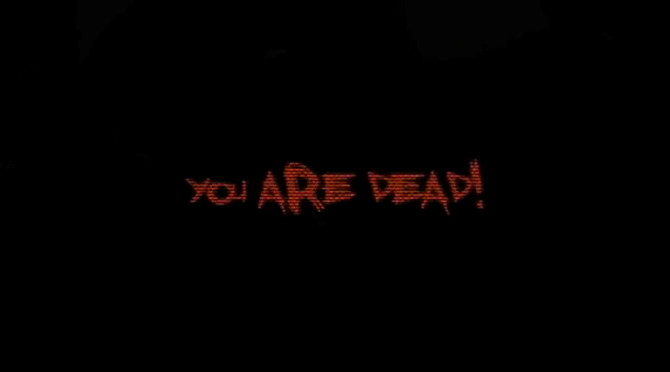
Publisher: Lexis Numérique / Developer: VectorCell Studios / Platform: PC, PSN, XBLA
I can’t do it. I honestly can’t bring myself to come back to this game.
It’s not that AMY is too hard. I mean… it is hard, but for all the wrong reasons. Basically AMY is trying to be a stealth horror game (which is a cool idea!) in which you have to protect a little girl, Amy, from the undead hordes. There’s a little more to it, but honestly I was too busy wrestling with the terrible controls, cursing the atrocious save system, and cringing every time one of the annoying characters opened their mouths to bother noticing.
Let’s back up a bit. AMY was directed by Paul Cuisset, the lead designer for one of my absolute favorite childhood games, Flashback: The Quest for Identity. Anyone else who happened upon this absolute gem of an adventure game will say the same thing: it kicked ass. This is why I immediately became interested in AMY.
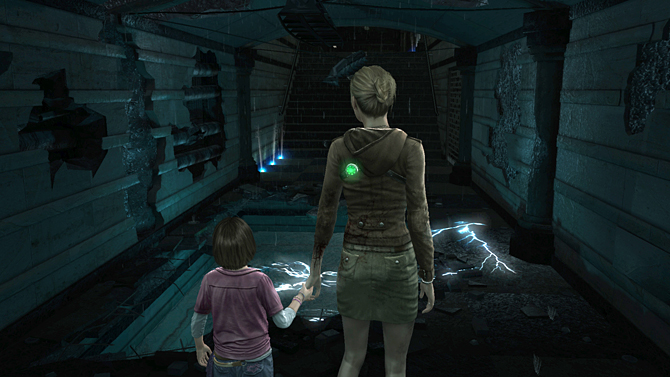
What little good there is in AMY pretty much resides in the ideas it had, and little else. Amy is apparently immune to whatever hideous infection is turning people into zombies, however Lana (the player character) isn’t. You can use syringes you find strewn about to slow any amount of infection you may have picked up, but the only way to cure yourself is to be near Amy. It adds kind of an interesting dynamic, seeing as you need to protect her, but you also need her to keep yourself from dying.
That’s about it for AMY’s redeeming qualities. From the start I found myself immediately annoyed with the characters. The camera is way too close to Lana to see anything around you. The lighting is a mess. There are tons of little things I could tear apart, but the most glaringly obvious problem with the game is that it simply does not work as a whole. For Amy to follow you around you have to hold down RB to have her hold your hand. It’s an interesting concept, but it is ruined by the fact that she either A: won’t listen sometimes or B: breaks contact with you if you so much as turn around too quickly. In a way, this sort of adds a large amount of tension to the game, seeing as you have to take things so slowly so some little thing doesn’t screw you up and force you to the last aeons-behind checkpoint, which leads me to my next major complaint: the save system.
Good Lord, the save system. Not only are the checkpoints spread so far apart, forcing you to rewatch every little cutscene and redo every tedious section each time Amy decides to let go of your hand to get a closer look at the flesh-eating abomination before you, but the checkpoints don’t actually save when you quit the game. That’s right: every time you quit the game, you have to restart at the last chapter beaten. Didn’t the game industry get past this sort of thing around… what, 1997? I’m kind of surprised AMY doesn’t utilize some kind of 20-character password system.

Now, some gamer veterans might say “Bah, back in my day every game had a terrible save system, and were hard as hell!” Well, yeah, games back then were really hard, and were unforgiving in their save systems as well. But games like that worked. Look at Mega Man. Contra. Games like that were really hard and barely had a save system if any, but the game mechanics worked with the player rather than against them. Even Flashback was really hard, and only gave you a password at the beginning of each level, as well as temporary save points here and there. But you could see every threat before it came to you, and you weren’t constantly wrestling with the control scheme. AMY‘s difficulty equates to the Labor of Sisyphus if the boulder was made of lava.
I can’t give AMY a 0/20 because as badly-playtested and planned-out as it is, it is still a videogame by the barest of definition. It is still playable, to an extent, and it is in fact beatable despite the fact that within it resides almost every example of “annoying things the game industry stopped doing years ago”. Is it recommendable, though? Noooooo. While the overall idea of the game is interesting, and at times the environments can be creepy, AMY is simply not worth playing, unless you are using it as an example of the least-successful way to make a videogame.










